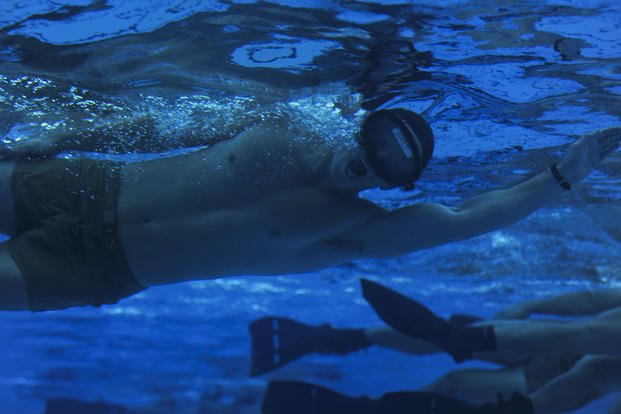This is one of those hypothetical questions I don't mind answering:
If I had to choose between two exercises or two methods of training, what would I choose?
This comes from a young man trying to figure out what he can do with the least amount of equipment as he prepares for a military career after high school.
I am going to answer this question as if I were you first, then will make my recommendation as an aging former military member trying to be "all I used to be."
As you prepare for military service, I would focus on calisthenics, and running and rucking. Getting used to running and higher repetitions of all calisthenics (pull-ups, push-ups, sit-ups, other abs, plank poses, squat, lunges, etc.) will help with the muscle stamina you need for the daily grind and PT tests. Mixing in some dumbbell work to build the back, shoulders, legs and arms is not a bad idea and is relatively inexpensive.
As an aging athlete, I know we all are a bit different with our top two exercise preferences, but you will not get much argument from many that a good way to stay in shape is mastering the pull-up and the non-impact joy of swimming. Pulling your own weight is an important skill, and the non-impact, full-body resistance and cardio effects of swimming are great methods to stay in shape.
But to be honest, I do not think I could limit myself. You also need to lift some weights and focus on mobility (maybe add yoga). As I continue to age and when my joints do not favor running anymore, I will gravitate toward yoga and swimming.
For the future military member (tactical athlete), one thing you have to realize is that you need to be good at everything; being great at any one element of fitness is not needed. Some athletes do not need to even run but must have great water skills and endurance (swimmers). Others need to be strong as an ox with speed, power and agility but don't require long-distance endurance (football players).
This is what makes the athlete and the tactical athlete different. A variety of running, swimming, rucking, lifting weights, high-rep calisthenics and mobility drills offers improvements to the fitness elements of endurance, muscle stamina, water and land skills, strength and power, and flexibility that the military member needs.
Stew Smith is a former Navy SEAL and fitness author certified as a Strength and Conditioning Specialist (CSCS) with the National Strength and Conditioning Association. Visit his Fitness eBook store if you're looking to start a workout program to create a healthy lifestyle. Send your fitness questions to stew@stewsmith.com.
Want to Learn More About Military Life?
Whether you're thinking of joining the military, looking for fitness and basic training tips, or keeping up with military life and benefits, Military.com has you covered. Subscribe to Military.com to have military news, updates and resources delivered directly to your inbox.


















